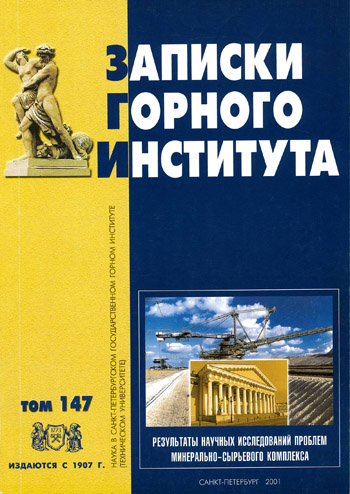Improving the efficiency of safe operation of railway tunnels in severe climatic conditions
Abstract
The main factors determining the peculiarities of accident-free operation of railway tunnels under windless climate conditions are considered. It is shown that ice formation caused by a combination of two unfavorable phenomena: relatively low air temperature in the tunnel and high watering of the tunnel is especially dangerous. The paper presents the results of the experimental studies indicating that the gas composition of the tunnel air is determined not only by the harmful gaseous impurities emitted by the carriers but also by methane, carbon dioxide, hydrogen sulfide and radon coming from the surrounding rocks and water. The mechanism of radon impact on tunnel personnel has been studied and a large-scale description of its possible impact on air quality in the tunnel has been given. Many regions of the Russian Federation, including those where the longest railway tunnels of Russia are located: Baikalskiy and Severo-Muiskiy, can be classified as radon hazardous. Creation of rational ventilation conditions influencing not only the radiation situation but also the thermodynamic characteristics of the air should be considered as a fundamental means of achieving the required air quality in the tunnels. In order to increase the stability of ventilation conditions the possibility of using different regulating devices has been studied. The maximum influence on the air flow is exerted by the installation of a ventilation door, which allows to change the air inflow by 70% of the initial indicator. The principles of creation of the favorable temperature conditions in the railway tunnels, which is one of the effective means of ice formation prevention, have been implemented and tested on site.
